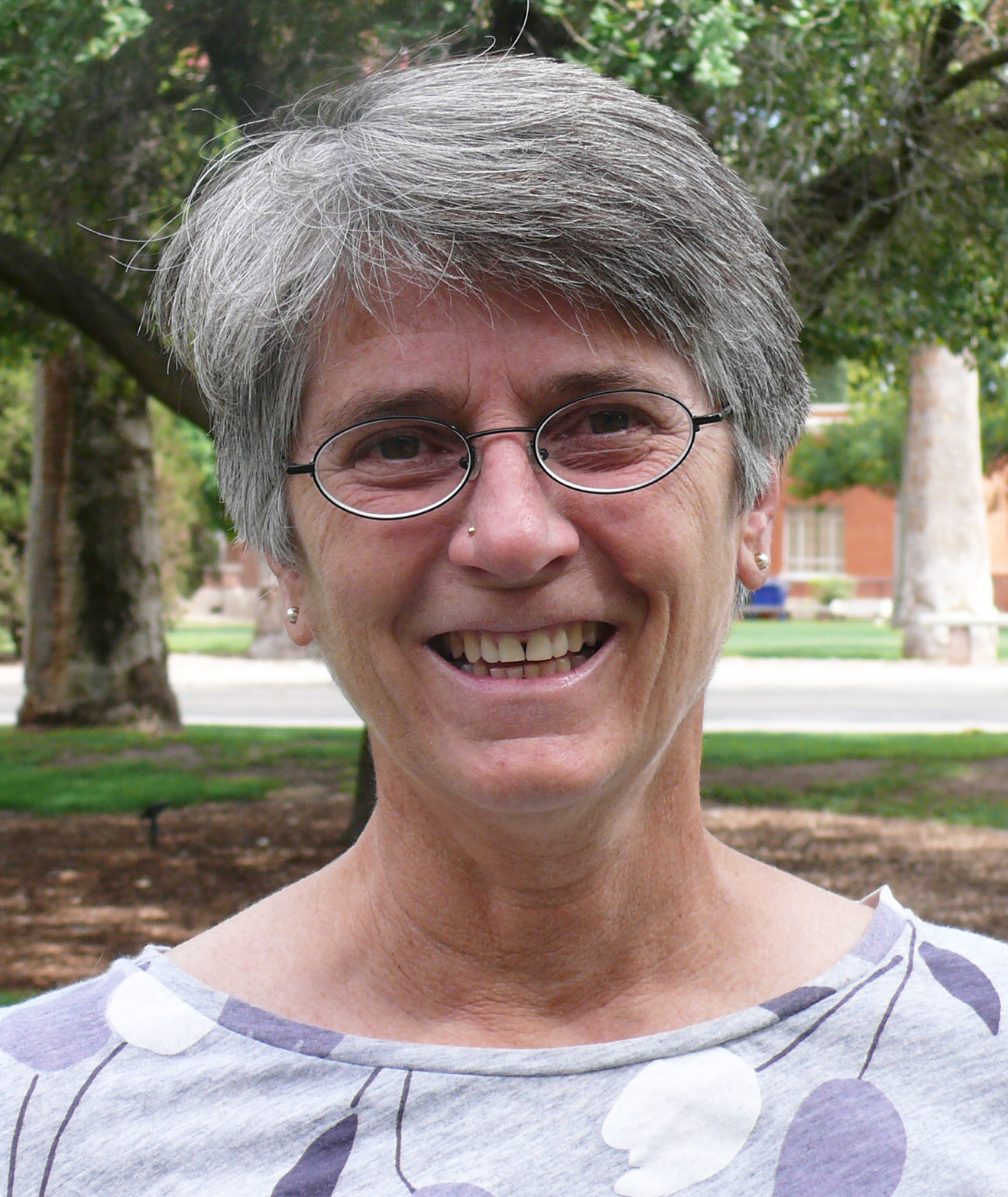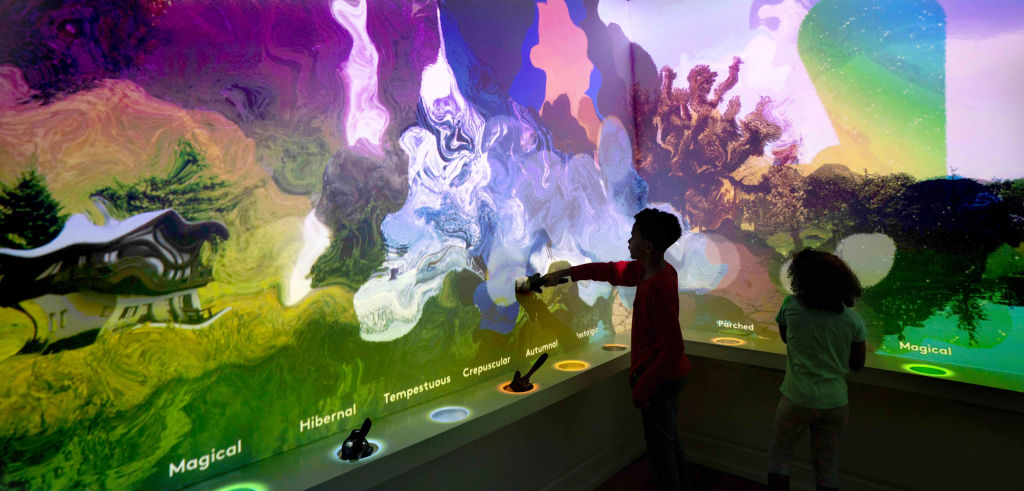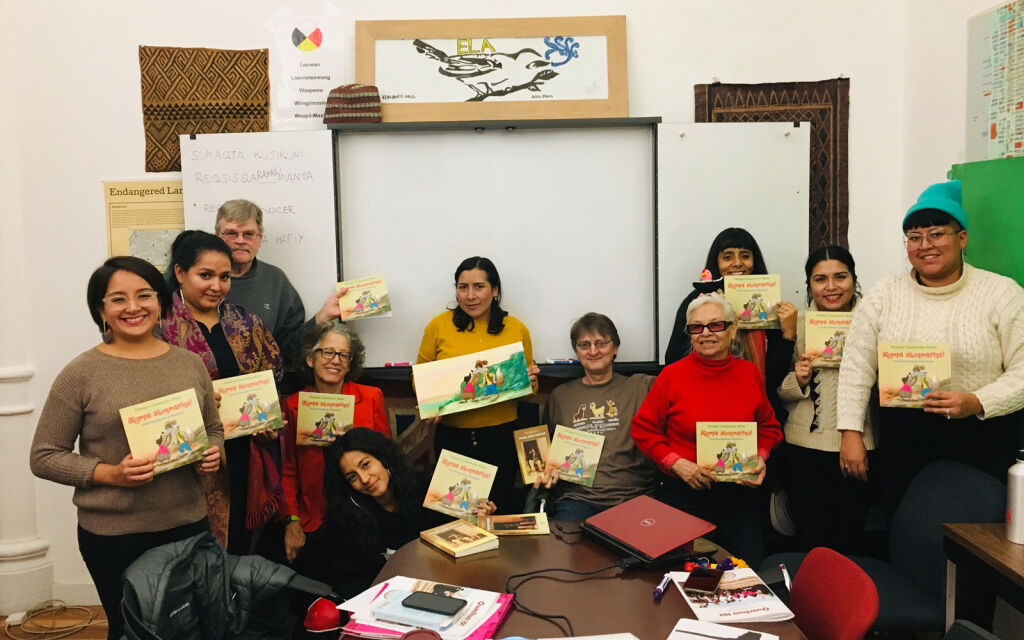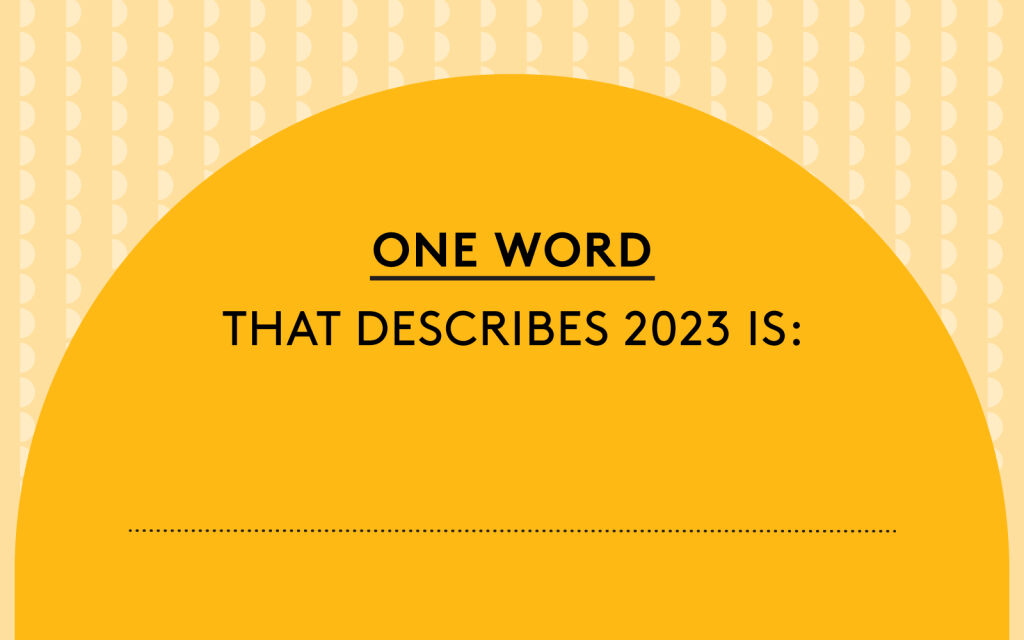Children’s Language Learning in Five Words
Language is a complex system that children learn early. Within hours of birth, bilingual babies prefer rhythms in their parents’ languages. Babies start babbling around 6 months. They can detect words in fluent speech around 7 months, and they produce first words around 12 months. (I’m writing produce instead of say on purpose. Deaf infants learning a sign language follow the same milestones in visual and manual modalities.) Scholars estimate that 6-year-olds understand about 14,000 words, suggesting that they learn one word per waking hour. This feat is amazing, partly because each word packages information related to sounds (or signs), meaning, grammar, and social usage. And, each word links to others in a large and intricate network.
The five words below are among the first that young English-learners say. At this early stage of language development, children use one-word utterances most of the time. Together, these five words show the sophistication of children’s language development.
1. Choo-choo
A child uses this word to mean train. It’s an example of onomatopoeia, where the word imitates the sound of a train. Because this onomatopoeic word’s meaning relates to its form, it is easy to guess what it means. Try to guess what this pair of Korean words mean: chik chik pok pok and gicha. (Hint: An American toddler might say “Choo-choo!” when pointing to a gicha.) Onomatopoeic words like choo-choo are rare, both in any one language and across the world’s languages. In most words in all languages, word meanings and word forms aren’t related. Another interesting detail about choo-choo is that it sounds like babbling. Around 6 months, when babbling typically starts, it is one simple syllable repeated twice. A simple syllable might have one consonant sound (like “ch” in choo-choo) and one vowel sound (like “oo” in choo-choo). Toddlers say their first words around 12 months, when they are usually also still babbling. So, choo-choo illustrates both meaning and sound in children’s first words.
2. Mommy
This word can be used generically: “That mommy is riding a bicycle.” Indeed, we find it charming when a child calls any woman Mommy. Such usage reveals that the child has learned that the word refers to a female adult. But, in a child’s earliest use of Mommy, this word names one special female adult. To share the lexicon with the larger community of English speakers, the child must learn both the name use and the generic use of this word.
3. Look
This word can be used in several different ways (examples below). A child learning look needs to master its meaning but also how it restricts the other words sharing its sentence. This word is an example of how words package grammatical information. Because look and see have similar meanings, let’s compare these verbs in the same sentence to see what that means. The sentence “I see a banana” sounds fine because see can be transitive. In other words, see takes a direct object. But, the sentence “I look a banana” sounds weird. This is because look is intransitive. In this way, look restricts the other words in its sentence. A toddler might say “look!” in the one-word stage, but not “we’re looking to move to Tucson.”
- Look!
- Look at me.
- I look like a banana in this outfit.
- We’re looking to move to Tucson.
4. Of
This word is hard to define because it’s all about grammar. Like a verb, a preposition restricts other words in its sentence. But a toddler in the one-word stage won’t say of by itself. This word doesn’t mean anything by itself. Instead, it expresses relations between words (examples below). So, our hypothetical child might say “look at me” or “glass of milk.”
- Let go of me!
- I’m out of breath.
- She drank a glass of milk.
- They are afraid of mosquitoes.
5. Please
This word is also hard to define but for other reasons. It doesn’t point to a thing or a person like choo-choo and Mommy do. It doesn’t restrict the words sharing its sentence like look and of do. Instead, we use please in certain social situations. We teach children when to use this word. We celebrate their success in its usage as a sign of politeness more than of lexical development.
I hope you now see how every word we know packages different types of information. To fully learn a word, a child must eventually get the whole package. I related the words choo-choo and Mommy to sounds and meaning, the words look and of to grammar, and the word please to social usage. If you interact with young children, enjoy their progress in building these large and intricate networks of words.
 Cecile McKee is a professor of linguistics at the University of Arizona, as well as the director of the Developmental Psycholinguistics Laboratory and senior director of Research Development Services. Her work focuses on children’s linguistic and syntactic development.
Cecile McKee is a professor of linguistics at the University of Arizona, as well as the director of the Developmental Psycholinguistics Laboratory and senior director of Research Development Services. Her work focuses on children’s linguistic and syntactic development.
To learn more about children’s early words, check out the work of these three cognitive scientists. (1) Working with blind children, Barbara Landau and her colleagues showed how sentence frames distinguish words like look and see. (2) Katherine Nelson studied the meanings of the first 50 words produced by 18 children between 10 and 25 months old. (3) Virginia Valian studied the grammar of six 2-year-olds just as they began saying multi-word utterances.



